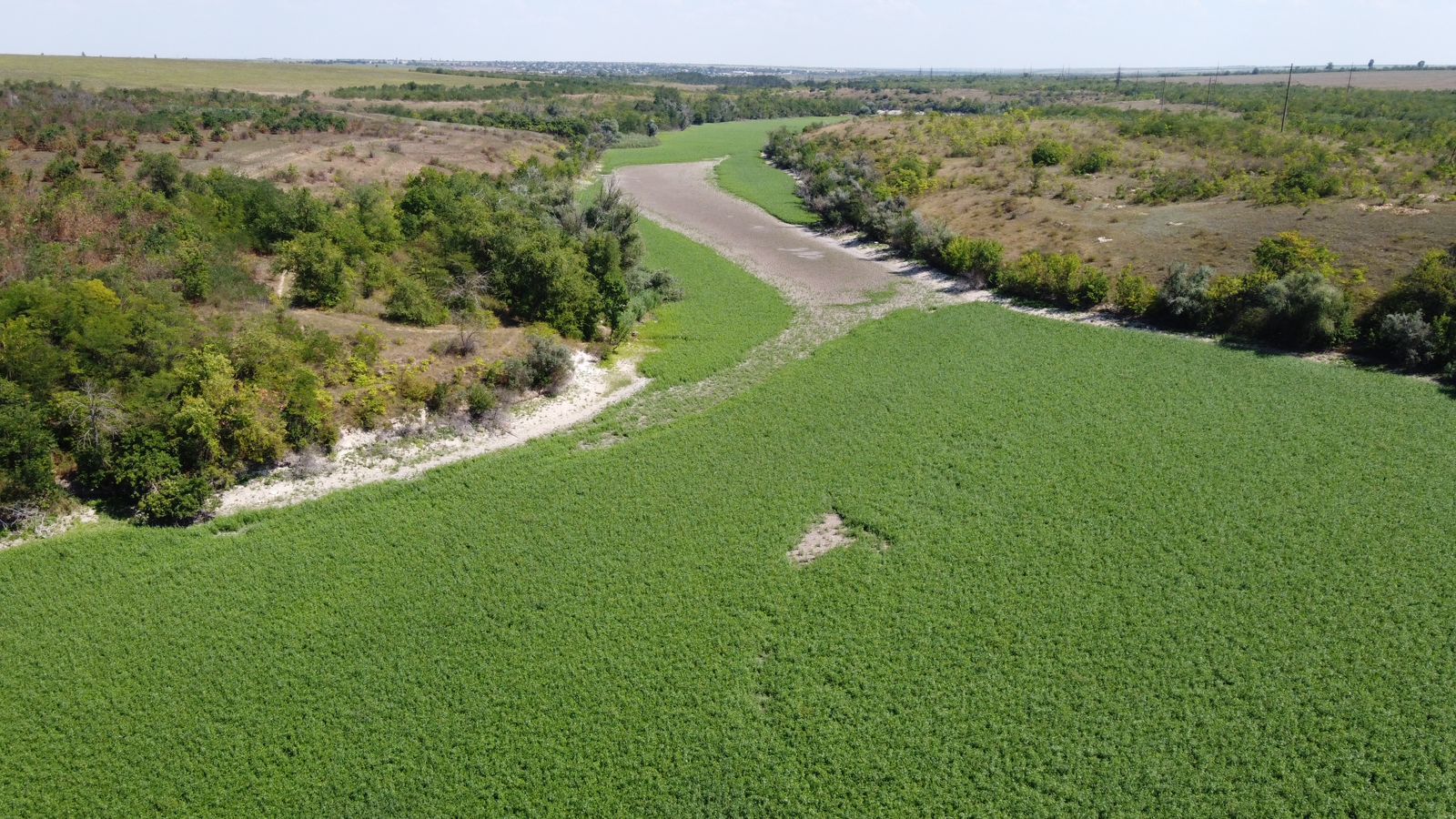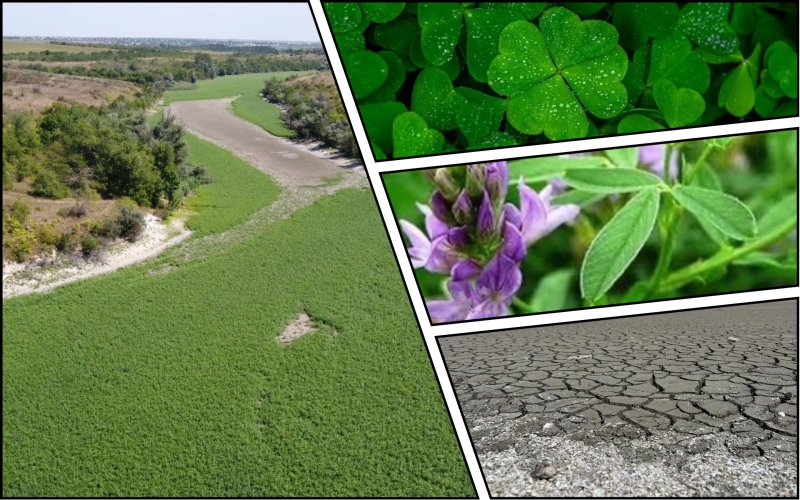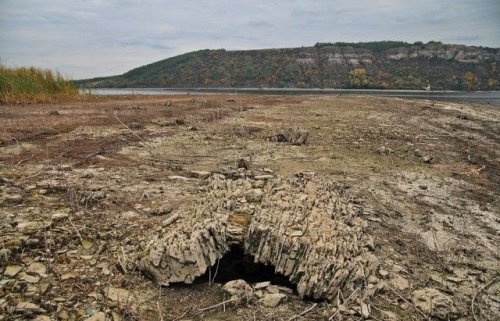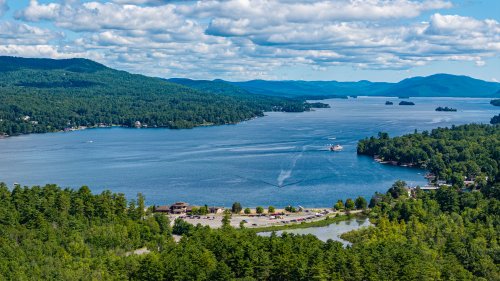The bottom of the former Kakhovsky Reservoir in the Kamianska Sich National Nature Park in the Zaporizhia Region is overgrown with clover, alfalfa and other plants.
They were planted by park conservationists to prevent dust storms and the spread of alien species, the Ministry of Environmental Protection and Natural Resources reports on Facebook.

"The main task in this situation is to occupy the ecological niche of weeds in order to "jump" through the pioneer (weed) phase of succession. After a few years, the sown plants will begin to fall out with the grass and local meadow species will take their place. Although this method is somewhat longer, it is simpler and cheaper," commented the user Facebook Oleksiy Burkovskyi in the discussion of fasting.
As you know, the occupiers blew up the Kakhovskaya HPP dam on July 6, which caused large-scale flooding, environmental pollution and the draining of a number of reservoirs, particularly in protected areas. According to preliminary estimates, the damage to the environment from the explosion of the Kakhovskaya HPP reached $1.5 billion.
Let us remind you that after the detonation, the national natural parks "Veliky Lug" and "Kamyanska Sich" in Zaporizhzhia are gradually turning into a desert. The land area in Kamianska Sich increased by 5.5 thousand hectares, which brought the threat of dust storms and increased climate change.
As EcoPolitics previously reported, at the beginning of July at the bottom of the Kakhovsky Reservoir, the first sprouts of plants, which were still too small to be identified, appeared. In August, the bottom of the reservoir overgrown with various grasses.





